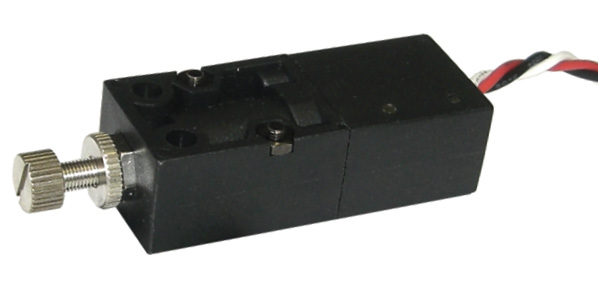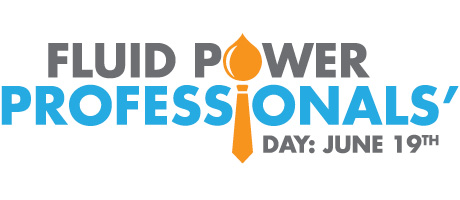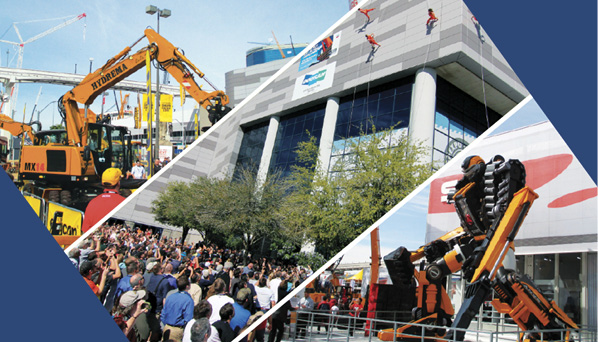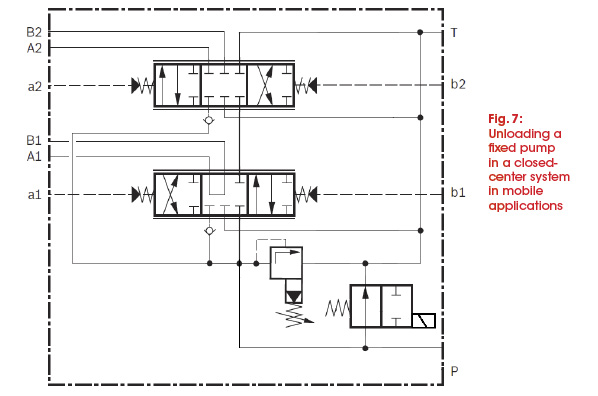Verifying the Correct Component Operation
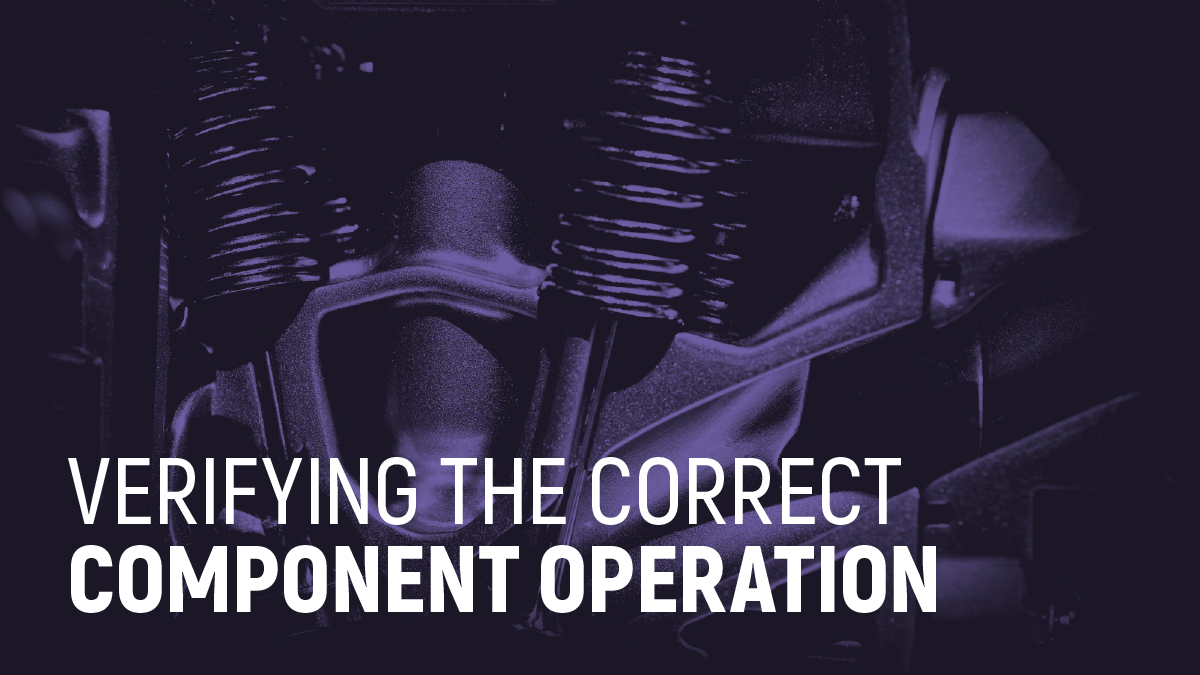
Elements of this image furnished by Adobe Stock | morane
In order to determine whether or not a component is functioning correctly, the troubleshooter must understand the behavior characteristics of each component. In addition, the troubleshooter should be familiar with the failure modes of each component and the operational characteristics of each of those modes. For example, the following items relate to pressure control valves:
- The poppet and seat may be damaged, or contamination can prevent the poppet from seating against the seat.
- In spool-type valves, stiction may result from contamination or varnish deposits caused by oxidized fluid, preventing the spool from partially or completely shifting, open or closed.
- Pilot orifices may be blocked by contamination, causing the valve to malfunction.
- Pilot pressure and drain lines may be obstructed.
- The spring may be broken or fatigued.
- A valve design inappropriate for the circuit may have been installed.
To be an effective troubleshooter, one must become familiar with the operating characteristics and failure modes of pumps, pressure control valves, flow control valves, directional control valves, actuators, and accessory equipment.
Test Your Skills
1. The troubleshooter needs to know:
A. The failure mode of each component.
B. The average ambient temperature.
C. The manufacturer of each component.
D. The water content of the fluid.
E. The physical dimensions of the pump.

